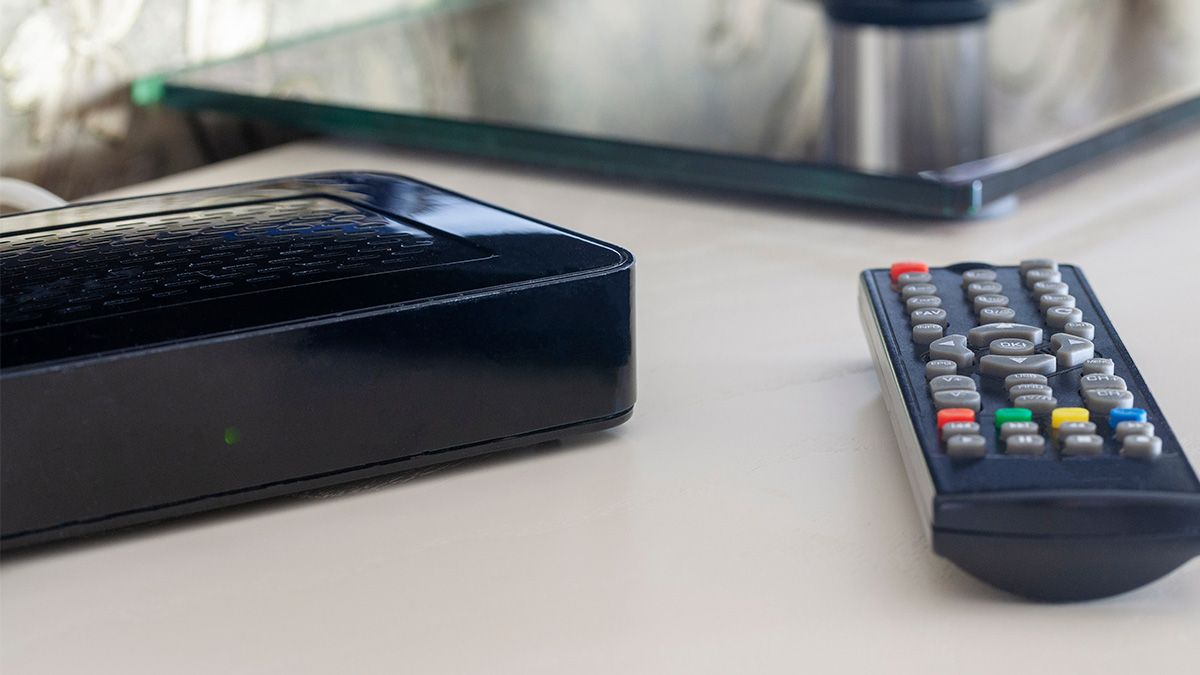Quick Links
Key Takeaways
Unplugging your set-top cable or satellite box hard reboots the box. When you plug it back in, the box can take up to 45 minutes to be fully operational again.
Cable boxes can waste quite a bit of electricity, so you might be tempted to unplug yours to save money or put it on a smart power trip to cut the power. Here's why you might want to reconsider.
Cables Boxes Are, Indeed, Energy Vampires
Make no doubt about it, despite energy improvements over the years, the set-top boxes millions of people use for their satellite and cable TV waste a lot of electricity. (If you have a really old set-top box, by the way, you should trade it in to take advantage of the improvements in newer boxes.)
While part of that waste was, historically, just inefficient design with little emphasis on efficiency, part of it is simply a function of what the set-top box must do to provide the user experience we expect.
In order to power on quickly, provide up-to-date TV listings, and record shows (in the case of DVR units), the box requires power even when we're not using it. That standby power, or phantom load, is why set-top boxes remain one of the biggest energy vampires in our homes.
Here's Why Unplugging Your Cable Box Is a Hassle
There are two reasons why unplugging your set-top box---either manually by pulling the cord or using a power strip---is a bad idea from a user-convenience standpoint.
First, when you unplug your set-top box, all the data that is normally downloaded in the background to the box, such as the TV listings, is out of sync. That might not be a big deal to you if you never use the on-box TV guide or functions, but it directly related to our next point.
Second, when you turn off a set-top box the regular way with the remote control or the power button on the box, you're not actually turning it off. You're simply turning off the display and putting the box in a lower power state.
If you cut the power completely by unplugging or switching off the socket the box is plugged into, you're forcing the box to reset itself and do a full setup again. If you actually want the box to power cycle in this fashion to get rid of a bug or issue---ala the whole "turn it off and on again" trick you might use with your Wi-Fi router---then it's a very useful thing. But if you're just turning off the box completely to save power when you're at work, then it's a much less useful thing to do.
Why? Because the majority of set-top boxes on the market go through a long restart process after being turned completely off. The box will be tied up for anywhere from 10 to 45 minutes as it downloads everything, populates the on-box TV guide, and otherwise sets up shop.
Depending on the way the box is programmed, you might be able to watch all the channels (albeit with no onscreen information), the last channel you were watching, or nothing at all, while you wait.
So, should you happen to have a set-top box in a room you rarely use, such as a guest room or a rec room in the basement, perhaps you might consider unplugging the TV and the cable box when you're not hosting overnight guests or Sunday afternoon football fans.
But unplugging the box in the room you use the most, such as your living room or bedroom, is probably not a great idea. Sure, you'll save a little on your power bill, but at the cost of introducing a lot of hassle into your life.
And, of course, you should always make decisions informed by your particular hardware and needs. Don't take our word that your cable box is wasting electricity, measure it yourself with a watt meter.

